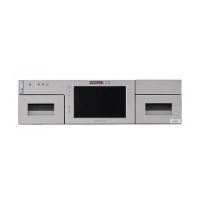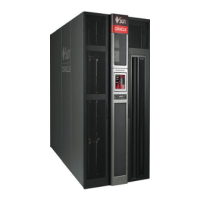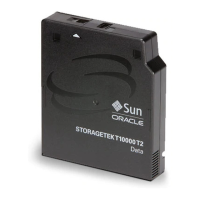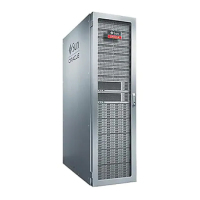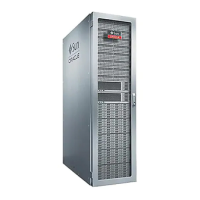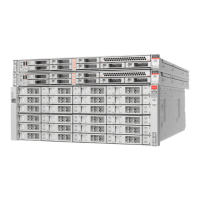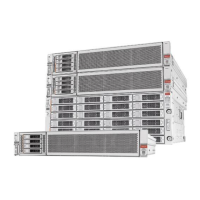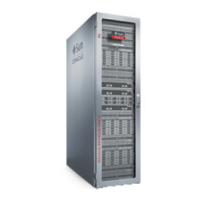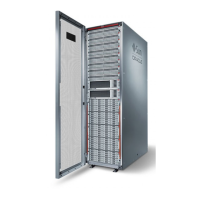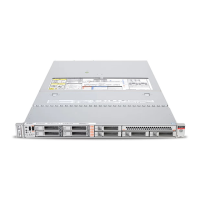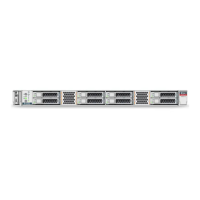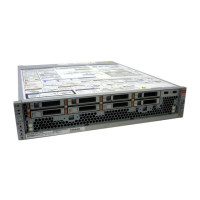Partitioning the Library Using SLC
Partitioning the Library 7-3
4.
To refine the partition, select Remove Array or Add Array from the second
drop-down list. Then, click the drives, arrays, or bulk CAPs to modify.
5. Repeat steps 2 - 4 for each partition ID.
6. When you complete the partition design, click Verify.
7. If there are no warnings, proceed to "Committing Partitioning Changes" on
page 7-4.
Specifications for Single Library Partitioning
■ Up to eight partitions.
■ Smallest slot increment is one array.
■ Smallest drive increment is one drive.
Allocating Resources in a Partition for a Library Complex
1. Select the Tools > Partitions > Design (Step 3) tab.
2. Select a partition from the options in the upper left (if there are no partitions, see
"Adding a Partition ID" on page 7-1).
3. Select resources of the library. You can click the Rail or Library buttons, or click
individual areas.
4. Click Add (to allocate) or Delete (to unallocate).
5. Repeat steps 2-5 for each partition.
6. Proceed to "Committing Partitioning Changes" on page 7-4.
Specifications of Library Complex Partitioning
■ Up to 16 partitions total, with a maximum of eight per library.
Note: You can assign bulk CAPs to a partition. Bulk CAPs are the
larger rectangles on the ends of each rail. An S indicates a shared CAP.
Note: To re-assign a resource from one partition to another, you must
remove the resource from the initial partition before re-allocating it.
Caution: If there are warnings, click Details >> and perform
recovery moves on the orphaned cartridges (see "Moving Cartridges
(Recovery Moves)" on page 10-1). Then re-verify the design.
Note: You can assign bulk CAPs to a partition. Bulk CAPs are the
larger rectangles on the ends of each rail. An S indicates a shared CAP.
Note: To re-assign a resource from one partition to another, you must
remove the resource from the initial partition before re-allocating it.
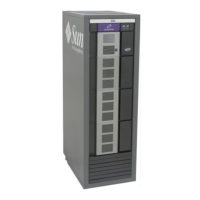
